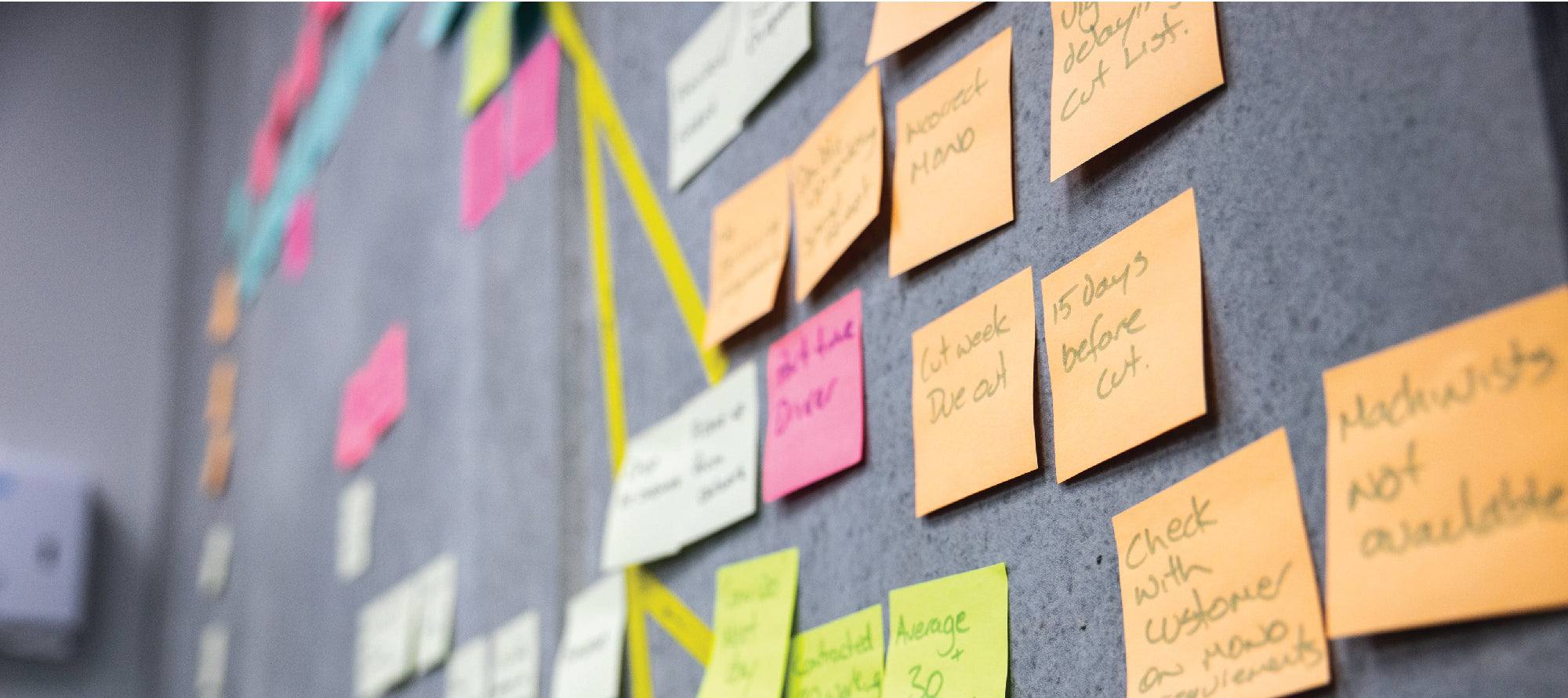Reduce, Reuse, Recycle: Rethought
Recycling is easily the first thing that pops into mind when the words waste and sustainability are put near each other. But what about the other actions we can take?
The motto Reduce, Reuse, Recycle, outlines the fundamental methods to decrease our negative environmental impacts. However, attention needs to be paid to the order that it is said, as that dictates the hierarchy.
Each section, if optimised, significantly reduces the amount that flows on to the next stage. Any waste that is unable to be re-used or recycled is sent to landfills, which simply move the waste out of sight and more concerningly, are filling up fast. Waste slowly rots away in landfills releasing methane which is a greenhouse gas that contributes to climate change.
Reduce
Reducing consumption and therefore waste outputs is the first step and the most effective one. Being able to reuse goods eliminates the demand for new goods to be made and reduces the energy needed to recycle them.
New goods require more materials to be processed, often sourced in ways that have high environmental impact. Therefore, reducing the usage of products eliminates multiple channels of energy spent in its production. This also decreases the amount of material that needs to be dealt to through recycling and landfill.
While reducing overall consumption to the necessities is a good start, we can also try to purchase from local businesses. When supporting your local businesses, you’ll often find less packaging and less excessive plastic use, and you can trust that the products haven’t needed to be shipped or transported long-distances wasting natural resources.
Printing only when necessary, optimising natural light, and taking the stairs wherever possible are easy ways we can all make a difference. Many companies including Arrow are rethinking packaging, using compostable bags or removing bags entirely as a means to reduce waste.
At Arrow Uniforms we produce high-quality garments that are built to last. This means our customers save time and money replacing uniforms, and there is less impact on the environment producing, transporting, and disposing of garments. We often get customers telling us our uniforms have lasted over 10 years!
Reuse
The second ‘R’ Reuse means finding new ways to use things that otherwise would’ve been thrown out. Being able to reuse goods extends their lifecycle and lessens the demand for new goods and reduces the energy needed to recycle them.
Some of our clients choose not to brand their garments so they can be passed on to other staff or donated. We also offer removable branding such as patches or badges.
Recently, there has been a huge pusho avoid single-use items. Single-use polystyrene containers and cups, PVC and pre-formed food trays and containers, plastic drink stirrers, and plastic stemmed cotton buds are now banned in New Zealand and these regulations are set to expand. By mid-2023 New Zealand intends to ban plastic and non-compostable produce bags, and plastic tableware and straws.
Recycle
After we have reduced what we buy and reused as much as you can, the next step is recycling. Recycling allows waste items to be turned into usable components for new products. To keep as much as possible out of landfill consider whether the item your purchasing can be recycled at the end of its life or if it is biodegradable and can be composted.
Arrow Uniforms can assist you with sourcing both products already made from recycled goods, and garments that can be recycled at the end of their lifespan.
Though it can be confusing to sort, the more product we can keep out of landfill, the better for our environment. Recycling gives resources a second life without the need for further environmental damage.
Arrow Uniforms has offered a Uniform Recycling Program to clients for over 10 years. We clean, repair, and store their used uniforms allowing clients to re-issue these to new staff. This is another process that helps reduce the amount of garments produces and reduces the cost to our clients.
We can all implement sustainable actions and reduce our overall environmental impacts whether at home, in the workplace, or elsewhere. Alongside the original 3 R’s you can also consider rethinking, refusing, refurbishing, repairing, and repurposing. But remember, it’s always better to create less waste in the first place.
If you would like help assessing what you can do with your uniforms on this reduce reuse recycle journey, talk to us at Arrow. We are here to help



Leave a comment
This site is protected by reCAPTCHA and the Google Privacy Policy and Terms of Service apply.